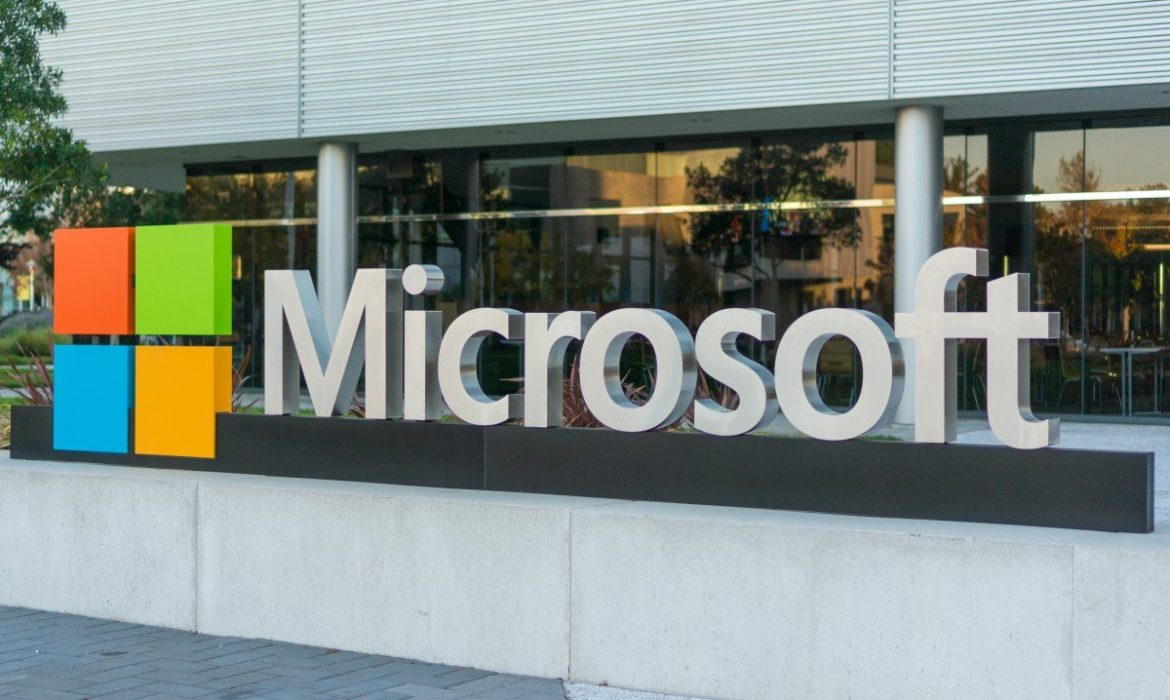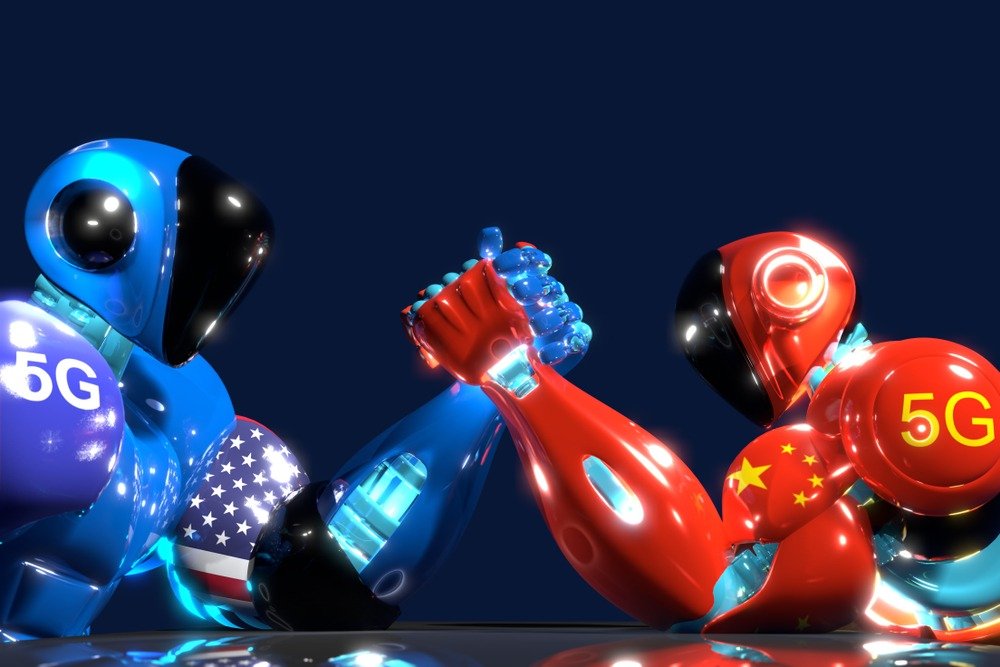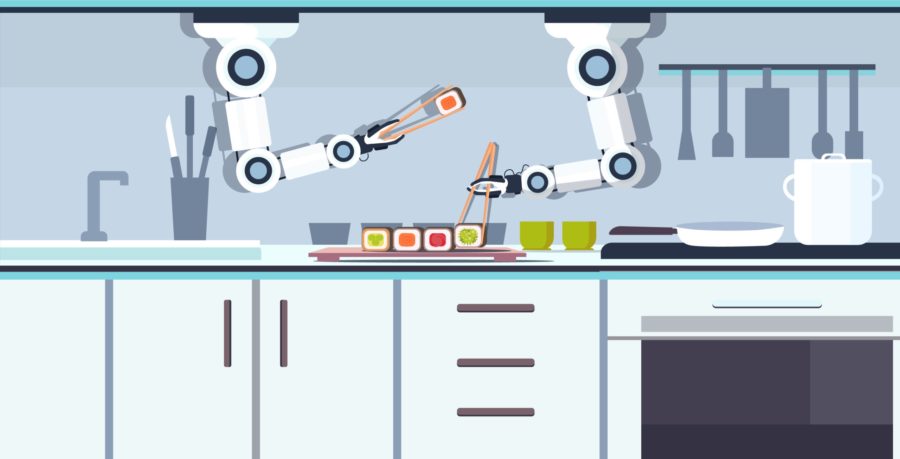Today, Microsoft announced the latest slew of features coming to Microsoft Teams for people in education and at work. This batch is aiming to make virtual interactions more human, more engaging, and more natural. Artificial intelligence has powered most of these additions. They include speaker translation and attribution for live transcripts and captions, suggested replies, Cortana, Dynamic View, and Together Mode. Other new features include support for more participants, a new Tasks app, and Whiteboard updates. It also consists of a Reflect messaging extension, chat bubbles, live reactions, and video filters.
Microsoft Teams is the company’s Office 365 chat-based collaborations tool. It competes with Google Chat, Slack, and Facebook’s Workplace, which has exploded amid the pandemic to lead the video calling space. Microsoft Team is the company’s fastest-growing business application ever. That was also true in 2018, a long time before lockdowns began juicing up remove learner and work numbers. Microsoft’s Jeff Teper recently talked with VentureBeat. The company said that Teams would be even more significant than Windows. Their users are up around seventy percent from just six weeks prior, Microsoft Teams had 75 million daily active users as of April.
The Together Mode feature excites Microsoft most. It is a new meeting experience that uses artificial intelligence segmentation technology to place participants in a shared background digitally. Microsoft said that it is meant to make it feel like you are sitting in the same room with everyone else in a class or meeting.
The general view of education is very teacher-centric. It revolves around what the presenter sees but not the audience. However, Microsoft VP Education Anthony Salcito disagrees with it.
Microsoft
Salcito told VentureBeat that this is undoubtedly a natural way to think about education. Nevertheless, the reality we live in is the flipped modern classroom. The students now often take center stage. In the pre-COVID-19 era, students were spending more time in front of the classroom, presenting to their peers than the teacher in the course of a daily class in many cases. However, in this model, the user will have an environment where the students see their classmates when they do lectures and presentations as well as the teachers.
Thus, this system is very natural. In the testing, everyone sort of looks at others’ screens, and it is much more immersive and interactive for students. Thus, Salcito does not think that it is a concern for them. Initial testing has been incredibly positive. It is breaking down the traditional grid, and seeing everyone in one place is a super upgrade for a lot for classrooms over the grid model. Salcito suggests that it will be a successful innovation.
Microsoft says that Together Mode makes meetings more engaging, with the ability to help you focus on other people’s body language and faces. Moreover, it makes it easier to pick up on the nonverbal cues, which are incredibly important to human interaction. The company forecasts that this will be useful for a meeting in which multiple people speak, such as roundtable discussions and brainstorms.
Nevertheless, Microsoft acknowledges that Together Mode is not for every type of meeting. The company is unveiling Dynamic View for traditional video meetings, on the flip side.
















